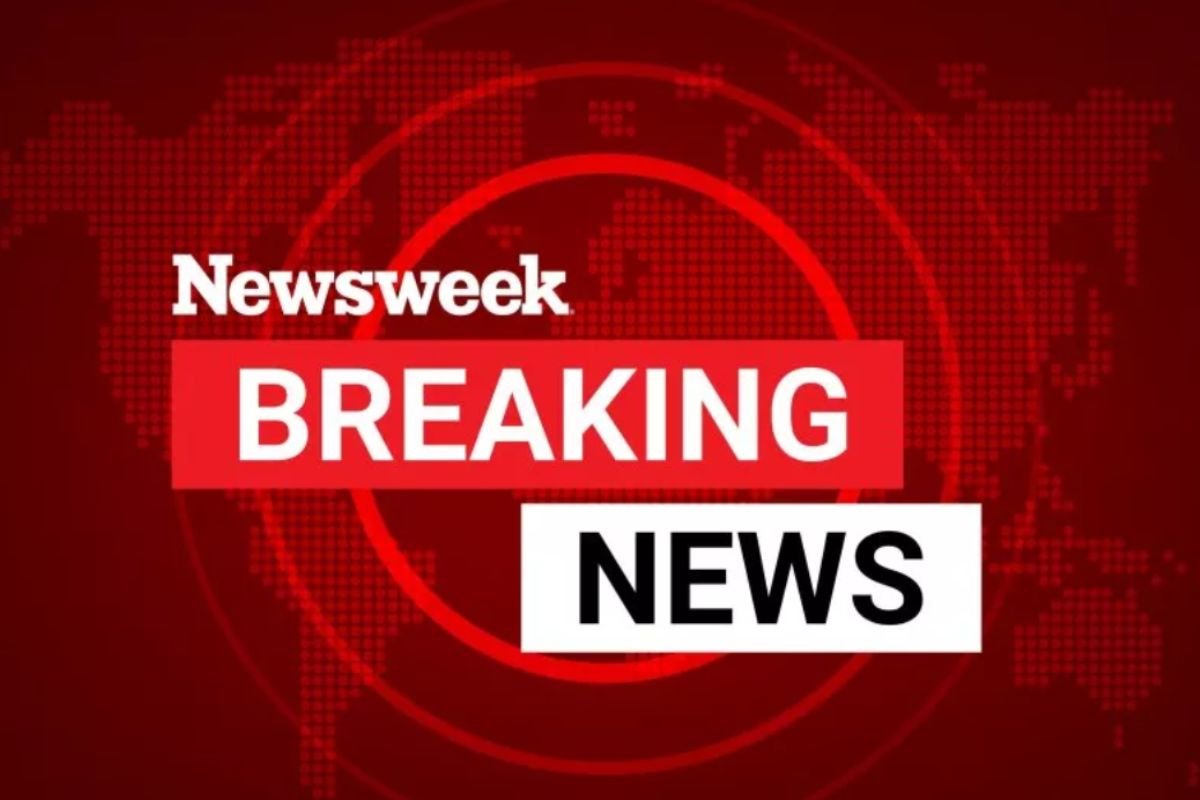-
Laguna fire: Evacuations, road closures, shelters - 57 mins ago
-
Donald Trump’s Second Cabinet Member Confirmed, John Ratcliffe to Lead CIA - about 1 hour ago
-
Trump Is Leading a Global Surge to the Right - 2 hours ago
-
Equal Employment Opportunity Act Explained: What Donald Trump’s Move Means - 7 hours ago
-
Hundreds of endangered fish rescued from Palisades fire burn area - 7 hours ago
-
Donald Trump Said He’d End Ukraine War in First 24 Hours. He Hasn’t - 12 hours ago
-
Thailand Starts Recognizing Same-Sex Marriage - 12 hours ago
-
L.A. wildfires cause $350 million in damage to city facilities - 14 hours ago
-
Trump Suggests He Wants To Get Rid of FEMA on ‘Hannity’ - 17 hours ago
-
‘It’s hard to go to work when you’re worried your house could burn down.’ Fleeing flames in fire-weary SoCal - 20 hours ago
Equal Employment Opportunity Act Explained: What Donald Trump’s Move Means
President Donald Trump has signed an executive order that makes major changes to how workplaces handle diversity and inclusion, especially for companies working with the federal government.
The order, called ‘Ending Illegal Discrimination and Restoring Merit-Based Opportunity,’ removes rules requiring businesses to promote diversity and ensure fair hiring practices. Here’s what you need to know.
What Is the Equal Employment Opportunity Act?
Since 1965, the Equal Employment Opportunity Act has helped protect workers from being treated unfairly because of their race, gender, religion, or national origin.
It required federal contractors—companies doing business with the government—to actively hire and support people from all backgrounds through something called affirmative action.

AP Photo/Evan Vucci
Over time, these protections were expanded to include other groups, such as LGBTQ individuals. The government agency overseeing this, the Office of Federal Contract Compliance Programs (OFCCP), made sure contractors followed the rules by conducting reviews and audits.
What Did Trump Change?
Trump’s new order, signed on January 21, 2025, eliminates many of these rules. Key changes include:
- Ending Affirmative Action: Companies that work with the government are no longer required to create plans to hire more people from underrepresented groups.
- Stopping DEI Programs: Federal agencies and contractors can no longer promote diversity, equity, or inclusion programs that focus on race, gender, or other identity-based preferences.
- Focusing on Merit: Hiring and promotions now need to be based strictly on qualifications and performance.
Read more: Full List of Donald Trump’s Executive Orders Signed in First Week
What Does This Mean for Businesses?
For companies that work with the government, the changes create a lot of questions. Businesses that were in the middle of reviews or had agreements with the government to improve diversity may now need to pause and figure out their next steps.
Legal experts suggest that these companies get advice from attorneys to understand what this means for them.
Federal contractors will also need to certify that they aren’t running any programs that promote diversity in ways the government now considers unlawful. This may discourage companies from going above and beyond to support diversity in the workplace.
Why Are People Upset?
President Trump’s rollback of diversity, equity, and inclusion (DEI) programs has drawn sharp criticism from civil rights advocates and Democratic lawmakers.
The Congressional Black Caucus (CBC) called the executive order “an attempt to take our country backward.”
Chair Yvette Clarke (D-N.Y.) said: “MAGA Republicans have set their sights on cutting off access to economic opportunity for Black and minority communities” in government and beyond. She added that the move undermines economic growth for working families.
Civil rights attorney Ben Crump also criticized the action, warning it “undoes decades of progress toward workplace equality” and urging continued advocacy for diversity and equity nationwide.
Why Did Trump Do This?

AP Photo/Evan Vucci
Trump has long criticized diversity programs, arguing that they create unfair advantages based on race or gender. His administration describes the new order as a way to focus on individual merit, hard work, and qualifications.
The White House said these changes will eliminate what it calls “identity-based spoils systems” that reward people based on gender, race and sexuality rather than their abilities.
Supporters of the order say it’s about fairness and moving away from group-based preferences. But critics worry it will make it harder to address systemic inequalities in hiring and pay.
What Happens Next?
As businesses adjust to these changes, the debate over workplace diversity is far from over. Advocates for diversity are expected to continue pushing back against the new rules, while companies will need to navigate a new and uncertain compliance landscape.
Source link













